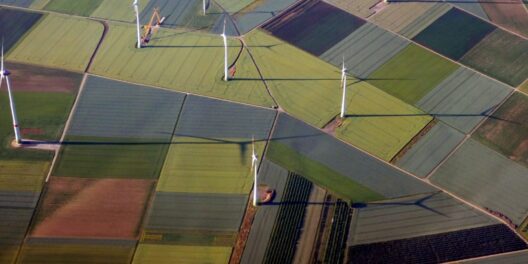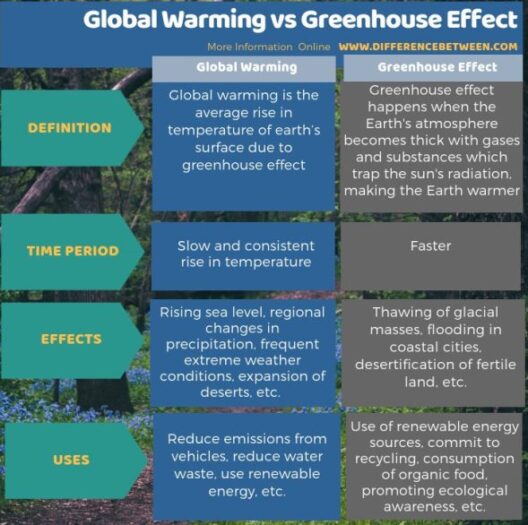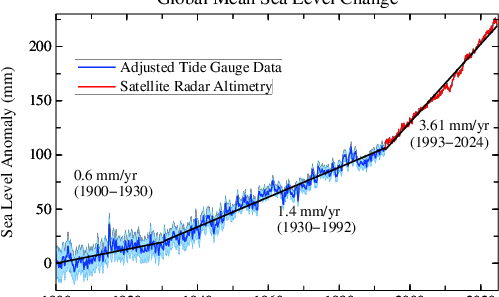Amidst the perennial ebb and flow of environmental discourse, the question of whether sea levels are truly rising evokes a tempestuous debate. With storms of misinformation swirling, it is essential to dive into the depths of ocean-level changes, shedding light on the realities hidden beneath the surface.
While some may dismiss concerns about rising sea levels as mere hyperbole, the truth is nuanced and multifaceted. Understanding the dynamics at play requires unpacking the complex mechanisms behind oceanic changes and confronting prevalent myths that cloud public perception.
By employing rigorous scientific inquiry, we can navigate through the murky waters of misinformation, emerging with clarity and insight.
Sea Level: The Silent Climb
To grasp the enormity of the situation, one must first comprehend the concept of sea level itself. It is akin to a baseless horizon line, seemingly stable, yet influenced by myriad factors including thermal expansion of water, glacial melt, and weather patterns. This invisible ruler measures not just the amount of water in our oceans but also reflects the impassioned dance between climate and geography.
Across the globe, average sea levels have indeed been on the rise, with a gradual increase observable over the past century. The seas swell as if breathing, inhaling the melting ice sheets and glaciers that once stood tall and firm. These colossal structures, remnants of the last Ice Age, are succumbing to the relentless kiss of warmth brought forth by climate perturbations. When ice melts, it transforms into liquid water, contributing to the expanding oceans.
However, the observations gathered by satellite altimetry and tide gauges don’t paint a singular picture; regional variations complicate the narrative. While some coasts experience substantial increases in sea level, others witness stagnation or even decline due to geological factors. Like a symphony, where each instrument plays its part, our understanding of rising sea levels necessitates appreciating regional orchestration.
Mythbusting: Understanding the Balderdash
In a world rife with disinformation, it is vital to dissect and dispel the myths surrounding sea level rise. One prevalent misconception is that the phenomenon is a contemporary issue, conjured by recent climate discussions. In reality, sea levels have been fluctuating for millennia. The tides of time reveal that fluctuations are natural, driven by a myriad of both anthropogenic and natural factors.
Another common myth posits that all coastal cities will be entirely submerged by a certain year, often depicted with alarming precision in sensational media reports. The dire forecasts of entire metropolises disappearing are predicated on worst-case scenarios, which can overshadow the importance of resilience and adaptation. Furthermore, these projections often fail to account for human ingenuity in coastal engineering and climate adaptation strategies. Cities like New Orleans and Amsterdam are evolving rapidly in response to such challenges, demonstrating that while the rise is real, our ability to confront it is equally potent.
Complementarily, the assumption that all regions will experience uniform flooding can mislead. The interplay of factors such as land subsidence, tectonic activity, and local weather patterns creates a dynamic that is far more intricate than a simple linear model would suggest. Rather than painting with broad strokes, one must adopt a meticulous and careful analysis of localized change.
The Science of Projections: Predictions beyond the Horizon
Engaging with the science of sea level projections yields an understanding of both the potential for significant rises alongside mere fluctuations. Models employed to predict sea level changes range from conservative estimates to dire warnings, depending on greenhouse gas emission trajectories and future climate scenarios.
For instance, the Intergovernmental Panel on Climate Change (IPCC) reports encapsulate a spectrum of outcomes, underscoring the urgency of reducing emissions. These predictions reveal the delicate balance we maintain with our planet. The models suggest that without aggressive action, sea levels could rise by as much as three feet by the year 2100. While this figure proves staggering, it is essential to remember that potential impacts are not absconded with loss. They represent a clarion call to action.
Moreover, advancements in technology enable more accurate modeling, offering communities the tools to prepare and adapt to changing landscapes. Engineers, policymakers, and scientists are collaborating to forge solutions against the tide, from building seawalls to employing natural systems like wetlands that can absorb excess water.
Adapting to the Future: Hope on the Horizon
In navigating the treacherous waters of rising sea levels, we should not lose faith. Humanity has an undeniable capacity for resilience and ingenuity. Learning from events like Hurricane Sandy and Typhoon Haiyan, which demonstrated the ferocity of nature, communities are beginning to enact robust preparedness measures, ensuring that they not only survive but thrive even in the face of climatic challenges.
Furthermore, engaging in sustainable practices that mitigate emissions is critical. Advocating for renewable energy, embracing energy efficiency, and preserving coastal ecosystems are all steps toward sustaining our planet’s health. Each measure serves as a protective barrier against the impending surge, fortifying our cities against nature’s wrath.
In conclusion, while the rise of sea levels is a real and complex phenomenon influenced by various factors, myths abound that can derail genuine discourse and hinder effective action. By grounding ourselves in empirical evidence and engaging in constructive dialogue, we not only illuminate the reality of our changing climate but also empower ourselves and future generations to tackle the challenges that lie ahead. The ocean continues to rise, but so too does our capacity for adaptation and resilience.








